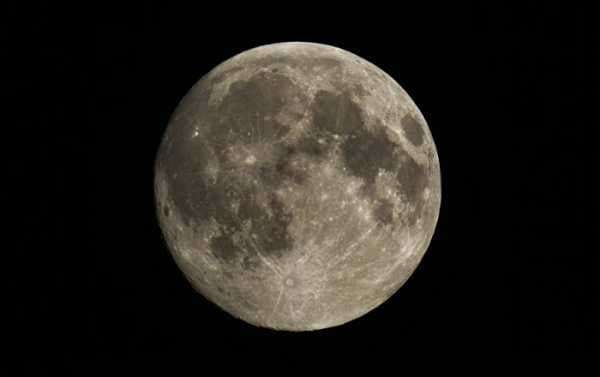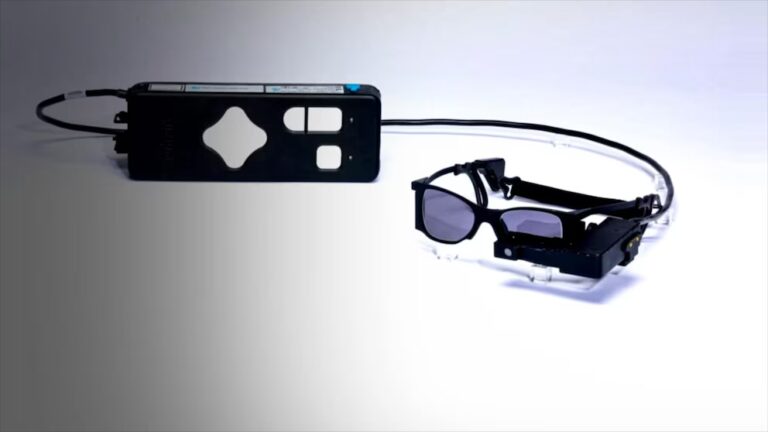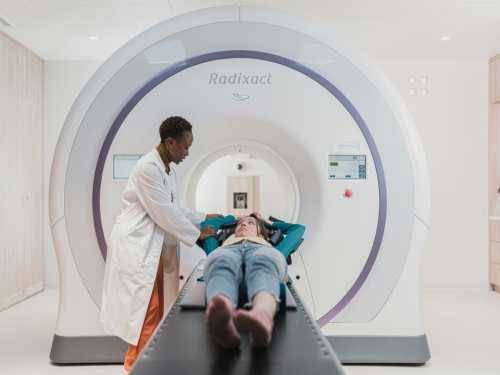
NASA’s Lunar reconnaissance Orbiter (LRO) has collected a huge amount of data since the orbit of the moon in 2009. Now, the taxpayer-funded $ 504 million spacecraft is paying off for us earthlings as the data he collected included a space Agency to tell us the tour of the moon in stunning 4K resolution. Worth it.
The tour starts in the Eastern basin on the moon, a crater the size of Texas, NASA says it’s “well-preserved impact structure on the moon.” For a video tour of NASA have combined their data on LRO measurement of gravity from the gravity recovery NASA and the Lab interior (GRIAL) spacecraft.|
“These data show structures in the lunar crust beneath the surface that gives us a window into the geological features of the interior of the moon,” the narrator explains.
Next stop the South pole of the moon, where several instruments, LRO has picked up signs of water ice.
Because the axis of the moon different from earth, some craters at the poles never see sunlight. They are also some of the coldest places on earth is measured in the Solar system of the Earth. Cold and dark will make it impossible for any water that might make its way into the crater to evaporate.
through contacts and chats
LRO was launched together with the Lunar crater observation and sensing satellite that NASA intentionally crashed into the moon’s South pole in 2009. His clash revealed a significant amount of water ice.
The tour makes stops in seven cities, the most familiar of which is probably the Apollo 17 landing. Apollo 17 landed in 1972 was the last manned mission.
through contacts and chats
It is noteworthy that the camera Orbiter was able to see the lower half of the Apollo 17 Lunar Landing module and the Rover vehicle, even if they sit in the Taurus-littrov and his the moon valley, which is deeper than the Grand Canyon on Earth.
In LRO survey is also the only natural satellite of the Earth for possible locations for future manned missions. The spacecraft could quickly pay off in this regard: the first Directive of the space policy of U.S. President Donald trump, which he signed along with Apollo 17 astronaut Jack Schmitt.in December 2017, instructed NASA to return to the moon before reaching for Mars.
Sourse: sputniknews.com






